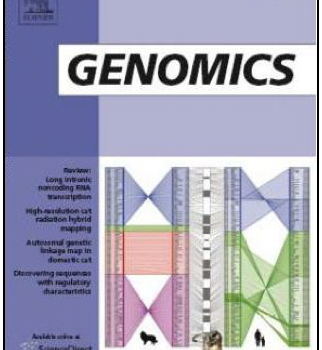Identification of putative miRNAs from the deep-branching unicellular flagellates
Huang PJ1, Lin WC, Chen SC, Lin YH, Sun CH, Lyu PC, Tang P.
MicroRNAs (miRNAs) are a class of extensively studied RNAi-associated small RNAs that play a critical role in eukaryotic gene regulation. However, knowledge of the miRNA and its regulation in unicellular eukaryotes is very limited. In order to obtain a better understanding on the origin of miRNA regulation system, we used deep-sequencing technology to investigate the miRNA expression pattern in four deep-branching unicellular flagellates: Giardia lamblia, Trichomonas vaginalis, Tritrichomonas foetus, and Pentatrichomonas hominis. In addition to the known miRNAs that have been described in G. lamblia and T. vaginalis, we identified 14 ancient animal miRNA families and 13 plant-specific families. Bioinformatics analysis also identified four novel miRNA candidates with reliable precursor structures derived from mature tRNAs. Our results indicated that miRNAs are likely to be a general feature for gene regulation throughout unicellular and multicellular eukaryotes and some of them may derive from unconventional ncRNAs such as snoRNA and tRNA.

Fig. 1. miRNA expression profile of flagellates.
miRNAs identified in four flagellates can be categorized into 100 miRNA families based on miRBase classification: Group1 is plant-specific miRNA family; Group2 belongs to conserved ancient animal miRNAs reported by Christodoulou [26]; the left part is a log2-ratio blue matrix used to display the differentially expressed miRNAs among 4 different species of flagellates: miRNA with higher expression level would be mapped to darker blue color; miRNA with zero read would be shown as gray color. The right part is the cross-species distribution of identified miRNAs based on miRBase release 17: the existence and the absence of a miRNA family of a specific organism are represented by red color and white color, respectively.

